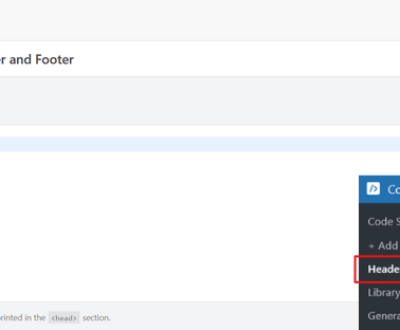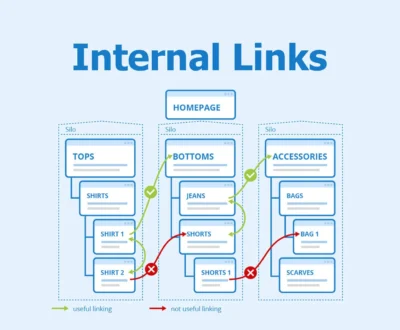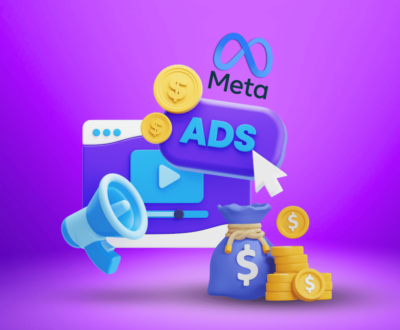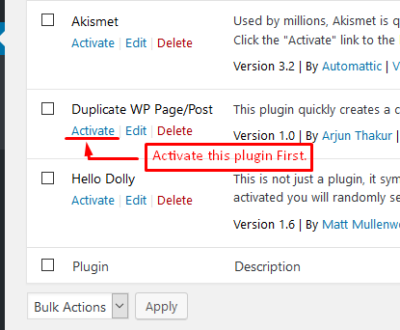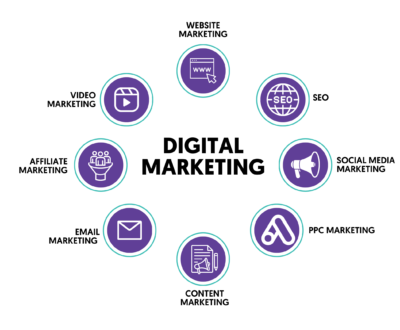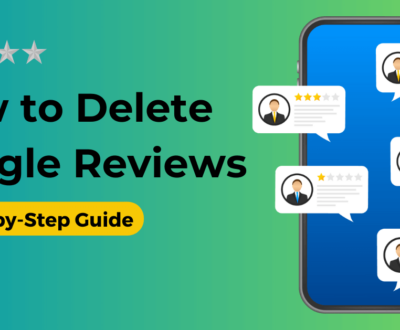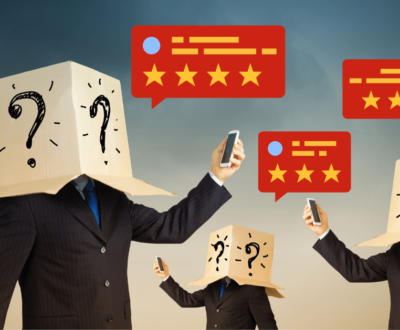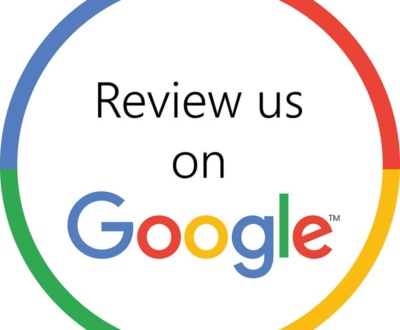How to use Facebook for Marketing
- November 13, 2022
- Digital Marketing, Facebook, Inbound Sales, Lead Generation, Outbound Sales, Sales, Social Media
About us and this blog
We are a Full-Service Sales & Marketing provider that aims to help small to medium businesses increase their leads and sales while helping remove the business owners from their day-to-day activities so they can focus more on the long-term goals of their business.
Book a Meeting with us!
We offer Done-For-You Sales, Sales Coaching, and Advisory as well as Digital Marketing Services. If you want to increase the leads generated for your business and need some guidance and accountability, book a call with us now.
Subscribe to our newsletter!
More from our blog
See all posts
If you're wondering how to enable header and footer in WordPress website,…
The ideal number of internal links per page for SEO depends on…
Determining How Much Should I Spend on Meta Ads is a crucial…
How to Clone WordPress Page: Cloning a WordPress page is a simple…
Understanding how to start digital marketing is essential for anyone looking to…
Google reviews significantly impact a business’s reputation, influencing consumer decisions and search…
Want to know how to leave an anonymous Google review while keeping…
How to Leave a Google Review is an essential skill for anyone…
[easy-share counters=1 counter_pos="inside" native="no" hide_total="yes" fullwidth="yes" fullwidth_fix="100"]
No Comments
Recent Posts
- How to Enable Header and Footer in WordPress Website February 28, 2025
- How Many Internal Links Per Page SEO February 27, 2025
- How Much Should I Spend on Meta Ads February 26, 2025

